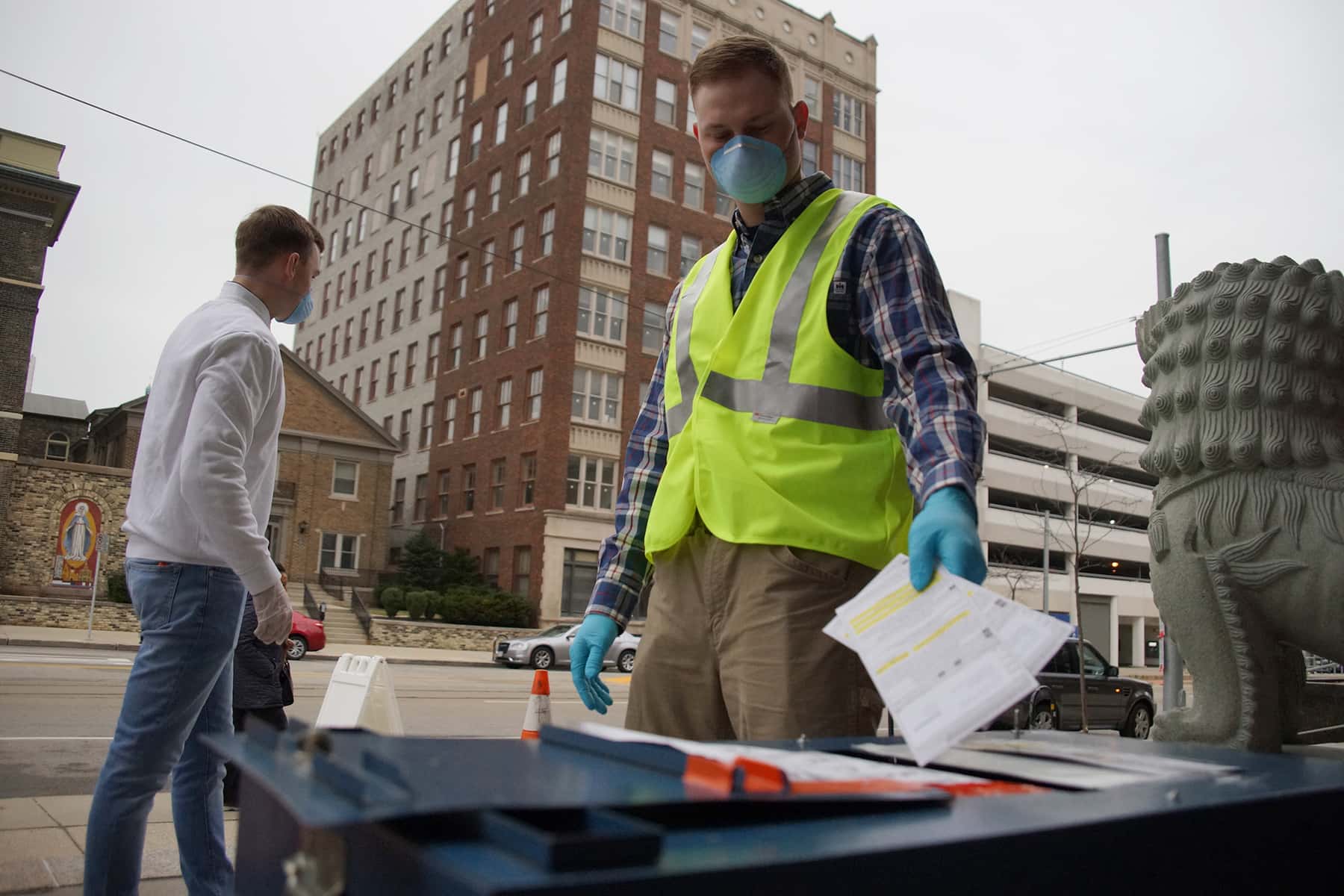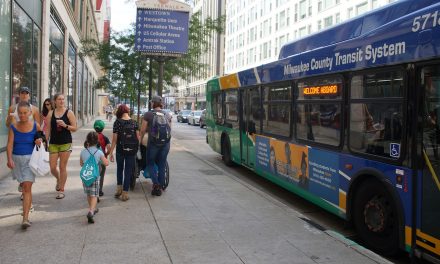
Wisconsin election officials have been busy preparing for fall elections based on the experience of serving a record number of absentee voters in Wisconsin’s April 7 Spring Election and Presidential Preference Primary, according to a new report released on May 20 from the Wisconsin Elections Commission.
The report documents the significant logistical and technical challenges local and state election officials faced in fulfilling the surge in absentee ballot requests and it recommends several ways to improve the absentee process for voters and clerks.
Of the 1.55 million ballots cast in the election, 61.8% were absentee ballots cast by mail and 12.6% were absentee “early” votes cast in the clerk’s office or at a vote center before Election Day.
April 7, 2020 – Absentee Ballots
Total Absentee Ballots Sent
Absentee Ballots Returned and Counted
Absentee Ballots Returned and Rejected – After 4/13
Absentee Ballots Returned and Rejected – Other
Absentee Ballots Not Returned
Absentee Ballot Count
1,303,985
1,159,800
2,659
20,537
120,989
% of Ballots
100.00%
88.9%
0.20%
1.57%
9.27%
The numbers and recommendations are contained in a report from the Commission to the Governor, Legislature, and the voters of Wisconsin that were discussed at a special Commission meeting on May 20.
“Because there have been so many questions about the April 7 election and absentee ballots, the Commission thought it was important to provide detailed data and analysis of what happened, why it happened, and what we are learning from that experience as we prepare for the fall elections,” said Meagan Wolfe, administrator of the WEC.
“We are already working on improvements including the use of USPS Intelligent Barcodes to help voters and clerks track ballots,” Wolfe said. “We are also making it easier for clerks to process the higher volumes of absentee ballot requests we anticipate in future elections.”
Also on May 20, the Commission discussed staff recommendations for spending $7.3 million in federal CARES Act pandemic grant funds to support voters and local election officials for the remaining elections in 2020.
Report Summary Findings
Absentee voting in the April 2020 election reached unprecedented levels, but Wisconsin voters, local election officials and election administration systems largely adapted under difficult circumstances, according to the report. At a local level, the extraordinary volume placed enormous stress on election officials, elections systems, and the postal service. While the vast majority of voters were able to receive and return their absentee ballots in time to be counted, some voters who requested ballots in good faith did not receive them due to no fault of their own.
The report points out that absentee voting remains a largely manual, labor-intensive process administered by each individual jurisdiction across the state. While voters can request a ballot and upload a photo ID on their smart phone in just a few minutes, behind the scenes clerks must still manually verify the IDs, stuff and seal envelopes by hand, apply postage, carry boxes of envelopes to the post office, and physically check off each request.
While these manual processes have worked well in the past, it was not easy to scale them up without advance warning or extensive preparation. With mail volume up to 10 times higher than anticipated, clerks had to complete the same tasks without the benefit of having more staff, additional supplies or more hours to meet statutory deadlines.
Despite these challenges, clerks across the state did what was necessary to complete the task. Many jurisdictions hired and trained temporary staff, developed new procedures, and worked long nights and weekends to meet voter needs. The Wisconsin Elections Commission likewise hired temporary staff, rapidly expanded technical systems, and worked around the clock to keep up with demand. The data in this report affirms that these efforts were successful, while still revealing opportunities for improvement and important lessons learned.
WEC staff, Wisconsin clerks, and the USPS are working together to make improvements to the absentee voting process and prepare for continued high vote-by-mail volume for the remainder of 2020 and beyond. Process improvements in development revise the application, ballot mailing, ballot tracking, and quality control processes. Every step in the process, from the application form, to the envelope, to the tracking tools, is under examination and being evaluated for potential improvements. The tools now in development will provide voters, clerks, and WEC staff with a simpler process and improved communication.
© Photo
Lee Matz














